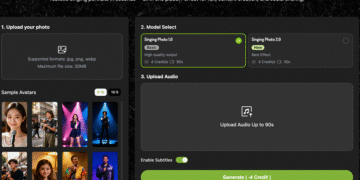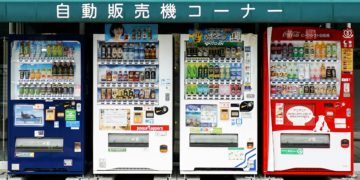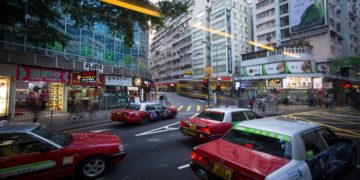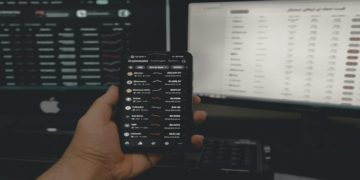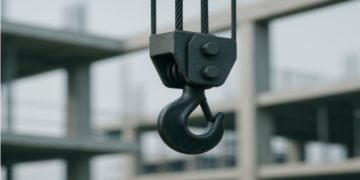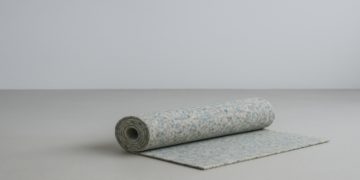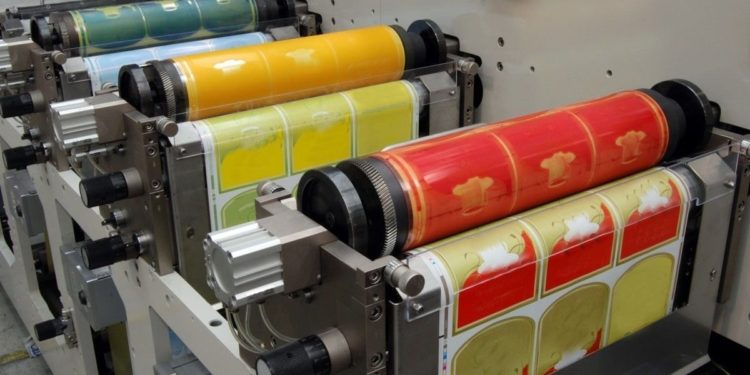With the fast-paced packaging competition today, companies always look for quick, cost-effective, and attractive means of packaging their products. With many printing technologies on offer, one of the most common techniques used nowadays is flexography, particularly on plastic and other flex packaging. For its ease of use and effectiveness on high volume at speed, flexography remains to increase its strength as a leading package option for modern packaging needs.
Understanding Flexography
Flexography, also known as “flexo,” is a recent offshoot of letterpress printing. It utilizes flexible relief plates of rubber or photopolymer that can be placed about revolving cylinders. The ink is distributed directly from the plate onto the substrate, which may be plastic film, paper, foil, or other flexible substrates.
The technology is unique in that it can print on a broad variety of non-porous substrates—thus being particularly well-suited to plastic packaging utilized in the food, beverages, pharmaceuticals, and household sectors.
Flexography in Flexible Packaging
When it comes to flexography on flexible packaging, the advantages are clear. Flexible packaging normally encompasses plastic films, laminates, or metallic foils, which require specialized types of printing to provide strength, quality, and appearance. Flexography provides uniform results on these packaging types, enabling brands to display deep graphics, product details, and branding information.
For instance, food manufacturers use flexographic printing to create resistant, high-image packaging and labels that resist fading when subjected to handling, storage, and transportation. Likewise, pharmaceutical packaging incorporates flexography to ensure readability and regulatory compliance and preserve clarity.
Why Flexography Dominates Plastic Packaging
Flexibility of Materials
Flexography can print on plastics such as polyethylene, polypropylene, and polyester. This is because plastic films have wide applications in pouches, wraps, and bags.
Durability and Resistance
The ink used in flexography adheres well to plastic, such that prints do not transfer easily. This aspect of durability is crucial to uphold the image of a company through product life.
High-Speed Production
Flexographic presses have high speed capacity and hence are best suited to mass packaging production. This allows businesses to achieve efficiency without compromising on meeting demand in large markets.
Cost Efficiency
Flexography is more cost-effective compared to other printing technologies. Flexography enables mass production without sacrificing the quality, and it is an affordable mode of production for small as well as large businesses.
Environmentally Friendly Options
With the evolution in water-based inks and solvent recovery technology, flexography is turning into an eco-friendly process. Most brands can now have their packages integrated with green campaigns.
Packages Printed via Flexography
- Food packaging: Snack packs, frozen food packs, and drinks labels.
- Household Products: Cleaning item pouches, detergent packs, and resealable packs.
- Medical & Pharmaceutical Packaging: Medicines blister packs, sterilized wraps, and dosage pouches.
- Retail Packages: Branded merchandise wrappers, promotional packaging, and plastic shopping bags.
Key Advantages Over Other Printing Processes
Over Gravure: Flexography is economical in medium to long runs with lower plate charges.
Over Digital Printing: Digital is perfect for short runs and personalization, but for mass production, flexography rules the roost.
Over Offset: Offset printing cannot work on flexible, non-porous substrates, but flexography does.
Real-Life Scenario of Flexographic Success
Consider the case of a snack food company that packages millions of chip package bags every month. With flexographic printing, they are able to produce fantastic graphics to get their packages standing out literally on supermarket shelves. The ruggedness of the inking also keeps the designs from peeling off when shipped or handled. All this speed, quality, and affordability combined makes flexography the go-to option for such businesses.
The Future of Flexography in Flexible Packaging
In light of growing consumer interest in sustainability and beauty, flexography is evolving and becoming better. Plate technology development, green ink usage, and press automation are also leading the way to increased accuracy and efficiency. Companies reliant on flexible packaging will further move toward flexographic solutions as the key to quality, scalability, and sustainability.
Conclusion
Flexography is not merely a print type—it’s the foundation of flexible packaging. Its affordable, long-lasting, and high-quality prints on plastic and other non-porous surfaces assist brands in fulfilling the expanding needs of markets today. Whether food, pharmaceuticals, or household products, flexography turns packaging functional and appealing.
For commercial companies looking for professional solutions within the industry, flexography on flexible packaging provides a tried and tested path to delivering performance and brand impact. With continued innovation, flexography will be an essential technology propelling the future of packaging.







